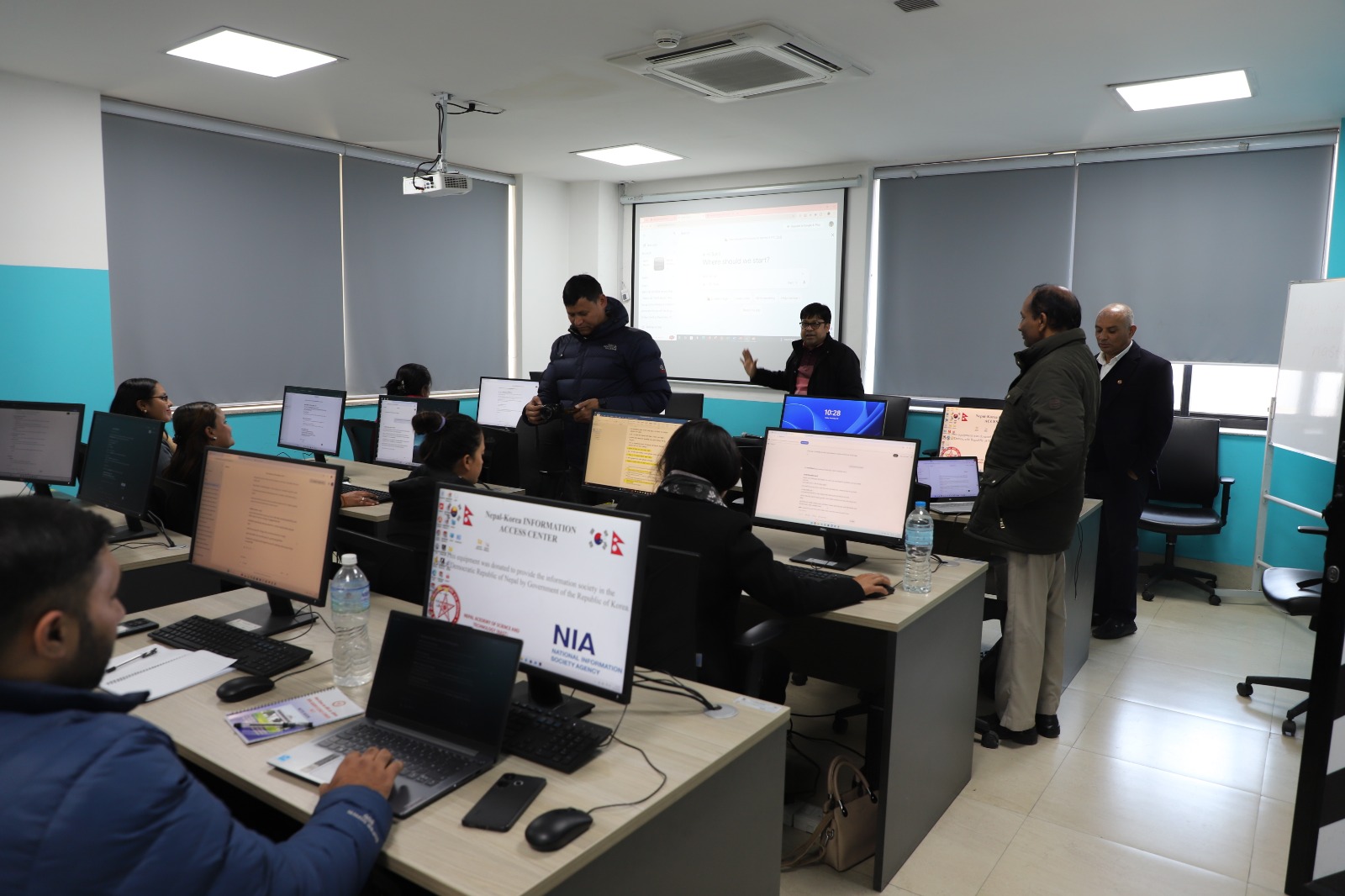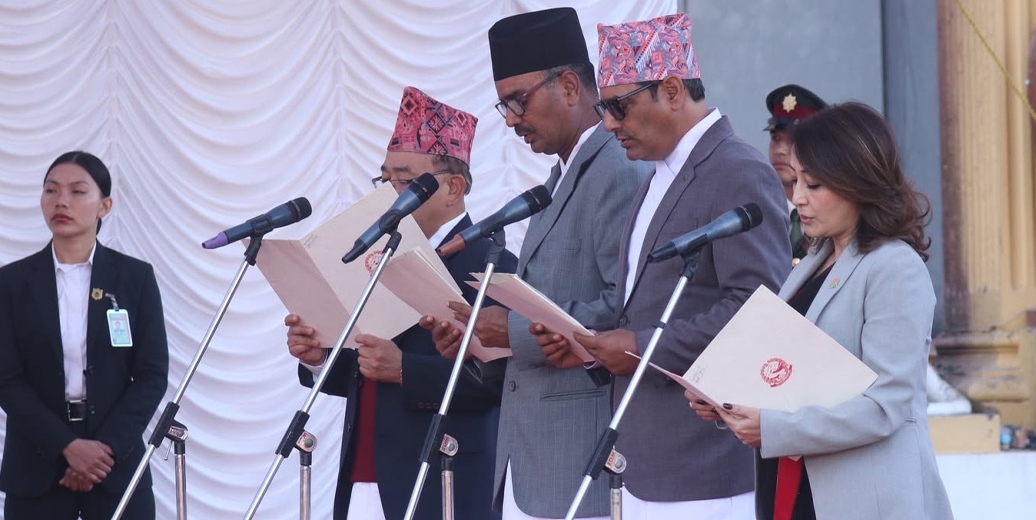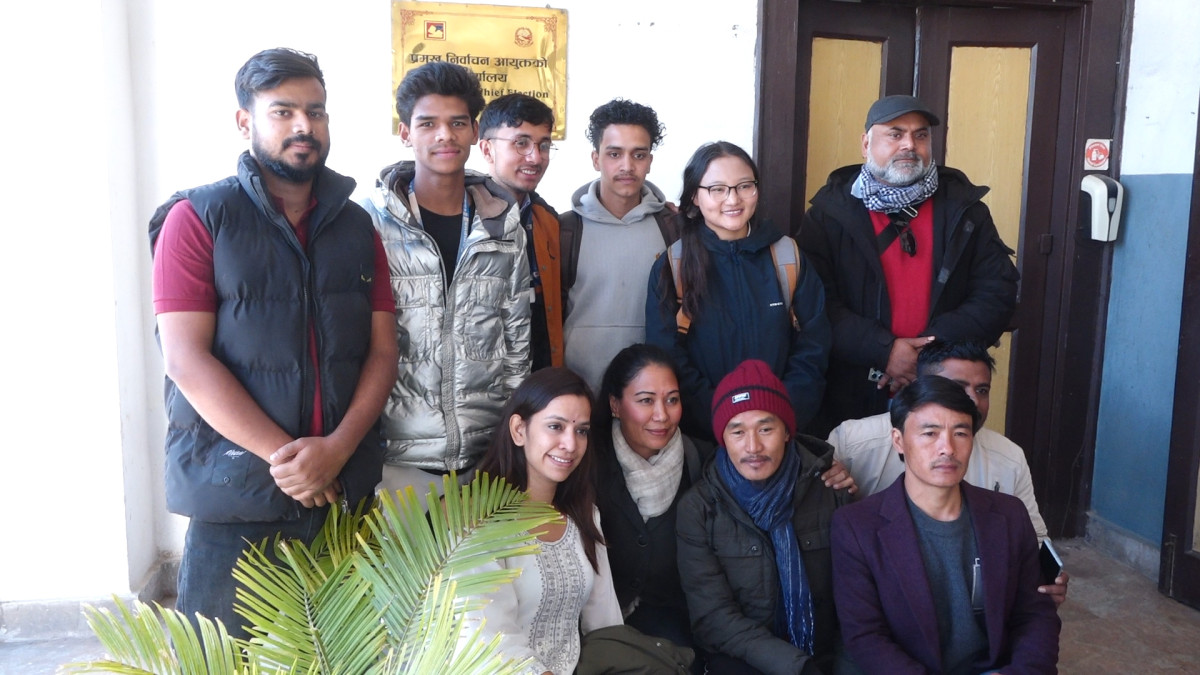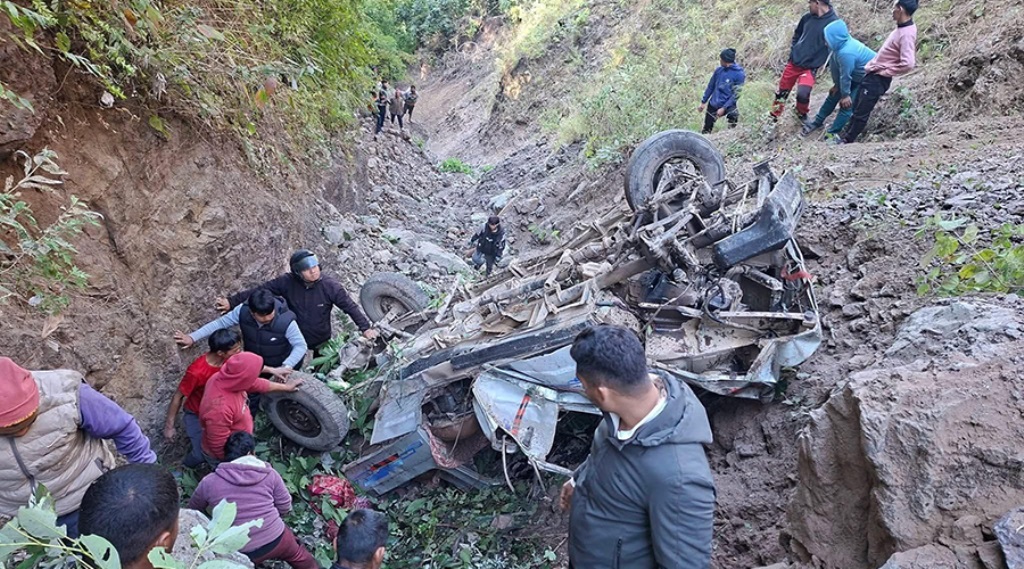KAPIL JOSHI
Nepal has recently transitioned from unitary system of governance to federal structure. With governments at all three levels have taken shape, the expected reforms will cut across many areas of governance and administration. Provincial and local governments have a clear mandate on the functions to be carried out by them. However, there are some fiscal challenges. Governments at local and provincial levels are bound to face huge resource gaps while fulfilling their roles and responsibilities. The role of development partners and I/NGOs hence will be crucial in plugging these gaps.
The federal government takes a lead in mobilizing foreign aid received from multilateral/ bilateral Development Partners (DPs) as well as I/NGOs as provisioned in Article 59 (6) and Schedule 5 (5) of the constitution. Provincial governments can obtain foreign grant and assistance from various DPs with the consent of the federal government, according to Schedule 6 (2) of the constitution. Provincial and local governments are barred from taking the foreign loan, and local governments, in particular, are not allowed to receive foreign grants directly.
Currently, over 47,000 NGOs are registered with the Social Welfare Council, but only a few hundred are actively working. Over 200 I/NGOs are working in Nepal, funding local NGOs in health, agriculture, poverty alleviation and good governance programmes. Despite thousands of NGOs and the significant amount of foreign aid, Nepal still remains one of the poorest countries in South Asia. Bilateral and multilateral agencies that provide support and aid work in coordination and cooperation with the government.
Nepal has been receiving aid for over six decades, initially through bilateral support and later through multilateral agencies and I/NGOs. I/NGOs in Nepal enjoy full autonomy in the implementation of the projects/ programmes and freely receive resources directly from bilateral/ multilateral aid agencies and international organizations. The volume of aid disbursement from I/NGOs reached $186.53 million in 2016-17. The overall contribution made through I/NGOs has been on the upward trend and significant contribution has been made in service delivery, advocacy, awareness, health, education, governance and humanitarian assistance. The government has acknowledged the role of I/NGOs in national development, service delivery in rural areas and human capital development among others.
The role of development partners, including I/NGOs, is vital if Nepal has to fulfill its commitment to achieving the Sustainable Development Goals by 2030 and ensure sustainability of federal structure. Nepal is on track to achieve the goals. Substantial progress has been made in child health with the MDG targets on infant mortality and under-five mortality already met, and rates of malnutrition significantly decreased. The MDG for reducing maternal mortality is also on track. .
The increase of HIV/AIDS prevalence has been halted and reversed, and prevalence and death rates associated with tuberculosis (TB) have declined markedly. Malaria remains under control. In the education sector, Nepal has made progress in primary education with net enrolment ration now standing at 96.2 percent and the literacy rate of 15– 24-year-olds at 88.6 percent. All this has been possible due to the partnership between I/NGOs and government. .
But there is lot to ponder when it comes to aid effectiveness and support provided by I/NGOs. Aid scattered in many smaller projects has caused fragmentation with high transaction costs and additional burden for both the government and development partners. There is a need to improve this situation through the division of work among development partners on the basis of comparative advantage.
The new set-up will bring challenges in the form of registration and approval of I/NGOs from federal and provincial governments. The support of local governments will also be challenging considering the clash in priorities of local governments and I/NGOs. I/NGOs have a fixed mandate and specific objective in their areas of work. The flexibility is negligible for I/NGOs while implementing projects. This may create conflict between local governments and I/NGOs.
Another issue is transparency of I/NGOs during the project implementation period.
In the process of implementation of the newly restructured federal governance system, there will be an enormous demand of resources on both national and sub-national levels to establish and institutionalize the governance system. Huge capital will be required to establish organizational structures at local and provincial governments. The increasing demand cannot be covered by the domestic and internal resources alone. So the need for foreign aid in Nepal will increase substantially.
Stable governments at all levels provide a good opportunity for development partners to work in tandem with government agencies to achieve the desired results. The three tiers of government will have their own goals and targets of development which should be addressed during policy formulation. The capacity of SWC, the official institution to monitor and control all I/NGOs in Nepal, has to be strengthened to ensure effective utilization of aid. The capacity strengthening of local governments will also help the country to achieve the SDGs.
Joshi works in the development sector.







